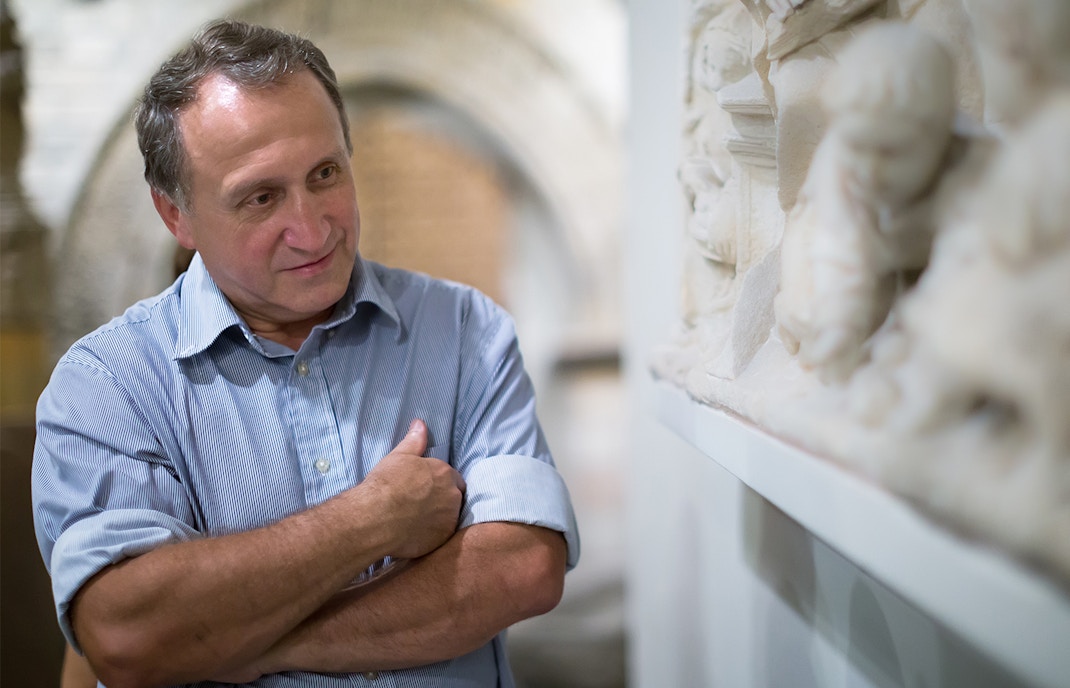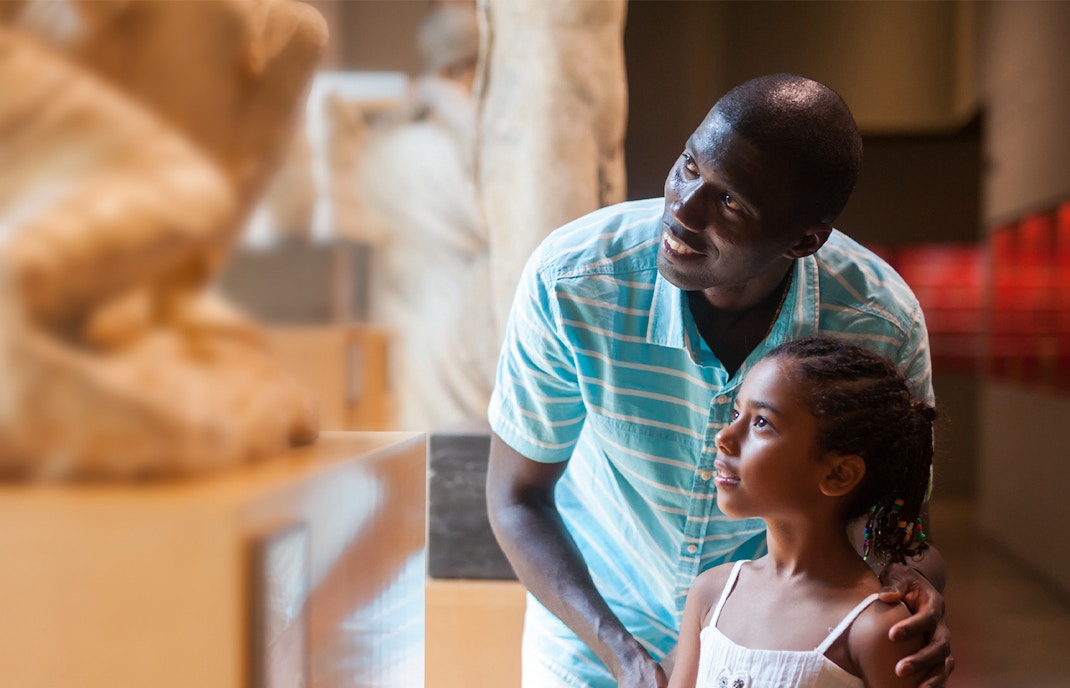When Paul V Borghese took the reins of the Roman Empire, his nephew Cardinal Scipione Borghese embarked on a mission to acquire famous pieces of art, resulting in a vast of sculptures and portraits now housed in the Borghese Gallery.
Cardinal Scipione Borghese, the chief curator, built the Villa Borghese to showcase his cherished collection. After the confiscation of 107 paintings from D'Arpino, the Pope generously contributed them to the Cardinal's collection. Additionally, the Cardinal acquired numerous works from Aquileia's collection apart from 71 paintings from Cardinal Sfondrati, potentially including renowned pieces like Raphael's Portrait of Julius II and Madonna of Loreto, and Titian's Sacred and Profane Love.















